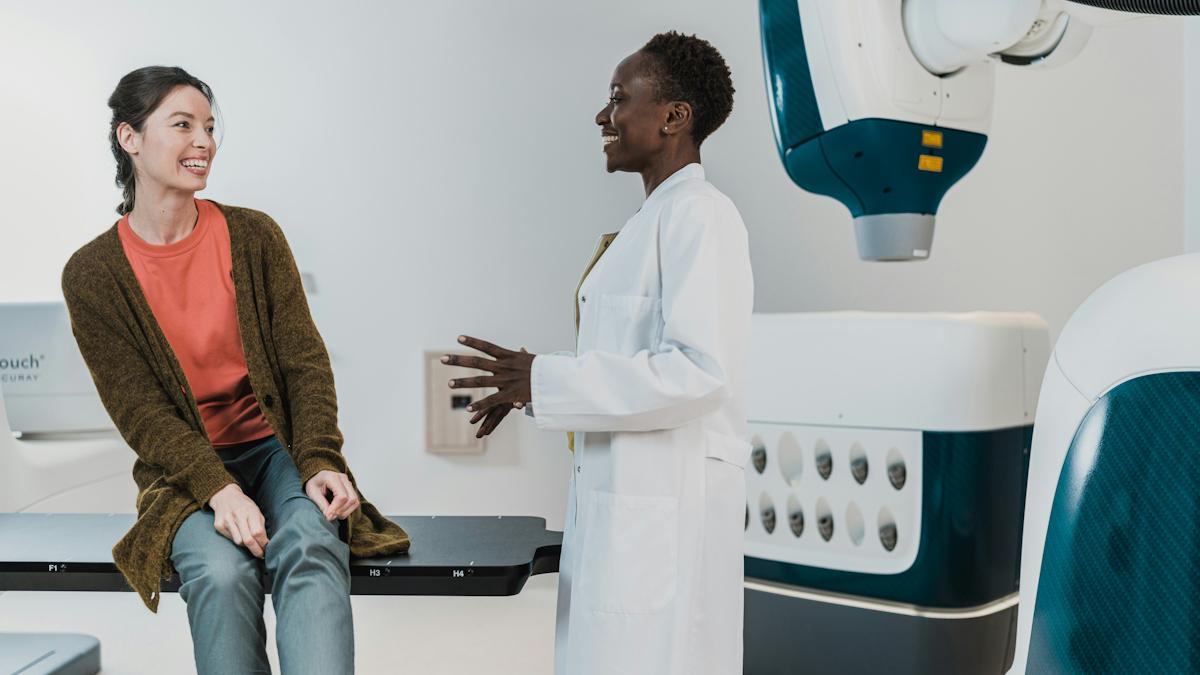Sharing success to unlock the “triple win” of joint working

The fortunes of the NHS and the UK’s life sciences industry are intertwined, with each sector’s success or failure heavily dependent on the other. Yet successive attempts at cohesive, scalable joint working have been hampered by all manner of obstacles, not least a perceived clash of cultures and difficulties scaling up successful projects.
A report from the Association of the British Pharmaceutical Industry (ABPI) and the NHS Confederation argues that sharing, rather than hiding, success is the key to unlocking the potential of joint working.
In a foreword, Niall Dickson, chief executive of the NHS Confederation, says: “The UK Life Sciences Industrial Strategy… makes clear that the NHS must be an active participant with industry in delivering the shared objective of outstanding patient outcomes.
“This report shows there are plenty of excellent examples of cooperation and inspiring case studies, where the health service and some of its key suppliers have demonstrated that they can each benefit and, more importantly, patients can benefit, by using the skills and experience of both.”
Healthy opportunities
At policy level, there is agreement that the sectors, both of which play a major role in “UK plc”, should be working together to improve economic prosperity and population health, says the ABPI’s chief executive, Mike Thompson.
Collaboratively tackling health needs and preparing for transformative developments like gene and cell therapies while developing and learning from nation-wide datasets would provide a “triple win”: improved patient outcomes, more efficient use of NHS resources and evidence of impact for industry, he adds.
But delivering change on this scale is not without challenge.
“Industry and NHS stakeholders have in the past been frustrated by the time taken to agree partnerships, concerns about governance and difficulties in aligning system needs with industry offer,” says Thompson.
No lack of challenges
The report, based on a roundtable discussion with leading figures from the NHS in England and industry, identifies several “hard” and “soft” barriers to effective collaboration.
The “hard” barriers include the system’s preoccupation with the “here and now” rather than future models, a lack of resources from both parties and the difficulty of “scaling up”.
“There is a plethora of successful local projects, but few go on to have national impact for a range of reasons – ‘not invented here’ syndrome, lack of awareness of what has already been done elsewhere [and a] lack of incentives in the system to encourage leaders to ‘steal with pride’,” says the report.
Among the “soft” barriers were trust issues, misconceptions around motives and a feeling that cross-sector partnership needed to happen “under the radar” leading to NHS leaders often being reluctant to share success stories.
“Industry and NHS need to think about working together on things that are visible and matter directly to patients to build trust,” said the report, adding that an “unambiguous signal” of permission and encouragement from the highest levels of health service leadership was needed.
Models of success
The road to success, the report argues, is to share case studies and best practice examples, such as the ABPI-led 2017 Memorandum of Understanding between the pharmaceutical industry and Greater Manchester.
It saw the two parties commit to co-create new ways of working that would improve outcomes in the area.
Developing a ‘living lab’ to make Manchester a global hub for medical and pharmacological innovation was among the strategies. It sparked a 4.4% increase in commercial studies, a 34.5% increase in trial participants in 2017/18 and 100% of trusts becoming actively involved in research.
A region-wide programme is optimising medicine for 67,000 COPD patients, and a successful mental health outcomes-based pricing programme has been shared nationally for potential wider deployment.
“There is acceptance that the potential for the NHS to adopt and scale up innovation is considerable. Greater Manchester is one of the few examples of a new intervention gaining a foothold and being successfully scaled up,” say the authors.
Other examples included in the report demonstrate the power of joint working in priority areas including patient-centred care, safety, data utilisation and prevention.
“There was consensus at the roundtable of the need to celebrate success, to spread innovation and different ways of working.
“There are numerous... examples around the country which demonstrate that there is effective joint work underway. The ambition must be to use these collaborations to encourage similar initiatives and stimulate innovation elsewhere.”
Seizing the initiative
Since the life sciences strategy was published, the UK Government has agreed two Life Sciences Sector Deals and implemented the Accelerated Access Collaborative, a fast-track into the NHS for breakthrough medicines and technologies.
England’s 15 Academic Health Science Networks (AHSNs) and their corresponding collectives of industry, science, clinicians and academia in Scotland, Wales and Northern Ireland, are also working to nurture and encourage collaboration.
Now is the time to seize the opportunity this national focus offers – to do more and to do it at scale, the report argues.
“The idea that collaboration with industry and research is mission critical has not been universally adopted, and there remains a danger that this activity will be seen as a ‘nice to have’ rather than a ‘must do’.”
Dickson adds: “This report is designed to stimulate discussion and kick off a wider conversation, initially across England but with the hope that all parts of the UK will participate in the debate.”












